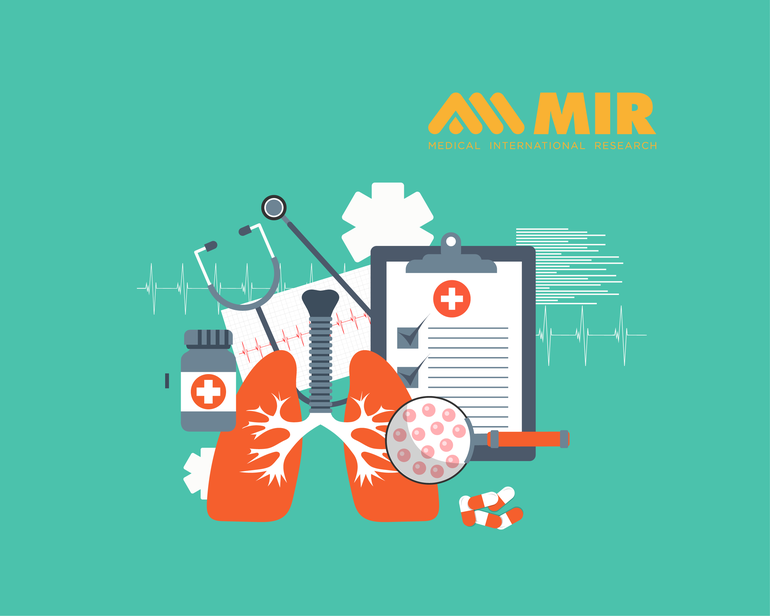


31 Mar 23
Asthma is a chronic respiratory condition that affects millions of children worldwide. It is a condition that can be managed and controlled, but it requires ongoing care and attention. Asthma management in children involves monitoring symptoms, avoiding triggers, and administering appropriate treatment. Spirometry, a lung function test, is a valuable tool in pediatric asthma management, providing an objective measure of lung function that can be used to assess disease severity and response to treatment. Asthma camps are another valuable resource for children with asthma, providing education, support, and opportunities for socialization with other children who share the condition.
Asthma camps offer a unique and valuable experience for children with asthma. In addition to providing a safe and supportive environment, asthma camps offer education about the condition and its management, opportunities for children to learn from and support one another, and a chance to participate in activities they may not otherwise have access to. Research has shown that children who attend asthma camps experience improvements in asthma symptoms, asthma-related quality of life, and knowledge about their condition.
Spirometry is a lung function test that measures the amount of air a person can exhale forcefully after taking a deep breath. In pediatric asthma management, spirometry can be used to assess lung function and the severity of asthma, as well as to monitor response to treatment. Spirometry can also be used to detect early changes in lung function that may indicate the need for more aggressive treatment.
Monitoring asthma symptoms is a crucial aspect of pediatric asthma management. Parents and caregivers should be aware of the signs and symptoms of asthma, such as coughing, wheezing, shortness of breath, and chest tightness. They should also monitor how often these symptoms occur and how severe they are. Keeping a record of symptoms can help healthcare providers determine the appropriate treatment and make adjustments as needed.
There are several treatment options available for pediatric asthma, including inhaled corticosteroids, bronchodilators, leukotriene modifiers, and immunomodulators. Inhaled corticosteroids are the most effective long-term control medication for asthma and are usually the first-line treatment for children with persistent asthma symptoms. Bronchodilators are medications that help open the airways and relieve symptoms, while leukotriene modifiers and immunomodulators can be used in conjunction with other medications to provide additional control.
Early intervention is key in managing pediatric asthma. Studies have shown that children who receive early treatment for asthma have better outcomes, including improved lung function and a reduced risk of asthma-related complications. Early intervention also helps reduce the likelihood of emergency room visits and hospitalizations. Parents and caregivers should seek medical attention if they suspect their child has asthma symptoms or if their child has a family history of asthma or allergies.
Using an inhaler properly is essential for children with asthma to receive the full benefit of their medication. Parents and caregivers should be educated on proper inhaler technique, including how to use a spacer device and how to coordinate inhalation with medication release. In addition, children should be taught how to use their inhaler independently, as they get older and become more responsible for managing their condition.
Education is a crucial aspect of pediatric asthma management. Parents and caregivers should be educated about the condition, its triggers, and the appropriate treatment. Children with asthma should also be educated about their condition and how to manage it, including proper inhaler technique.
Spirometry is a commonly used diagnostic test for pediatric asthma management. The test measures the amount of air that a child can breathe in and out, as well as how quickly they can breathe out. This helps doctors determine the severity of a child's asthma and develop a treatment plan that is tailored to their needs.
In addition to spirometry, there are a variety of treatment options available for pediatric asthma. Inhalers are a common method of delivering medication to the lungs to reduce inflammation and prevent asthma symptoms. However, it is important for children to use inhalers correctly in order to get the full benefit of the medication. Education on proper inhaler technique is essential for effective asthma management in children.
Another important aspect of pediatric asthma management is the role of education. Parents and caregivers should be educated on the symptoms of asthma and how to manage them, as well as how to identify triggers that can worsen asthma symptoms. Education should also include lifestyle changes that can help manage asthma, such as avoiding allergens and pollutants, maintaining a healthy diet, and getting regular exercise.
Asthma camps can be a valuable resource for children with asthma and their families. These camps provide an opportunity for children with asthma to learn more about their condition, develop self-management skills, and connect with others who have similar experiences. In addition to providing education and support, asthma camps can also be a fun and empowering experience for children.
In conclusion, effective management and monitoring of asthma in children requires a comprehensive approach that includes regular monitoring of symptoms, proper use of medication and inhalers, education on asthma management and triggers, and lifestyle changes. Spirometry is an important diagnostic tool for determining the severity of asthma in children, and early intervention is key to preventing exacerbations and reducing the risk of long-term complications. Asthma camps can provide a valuable resource for children and families, helping to improve knowledge and self-management skills, and promoting social support.
By taking a comprehensive approach to pediatric asthma management, parents and caregivers can help their children manage their condition effectively and improve their quality of life.
